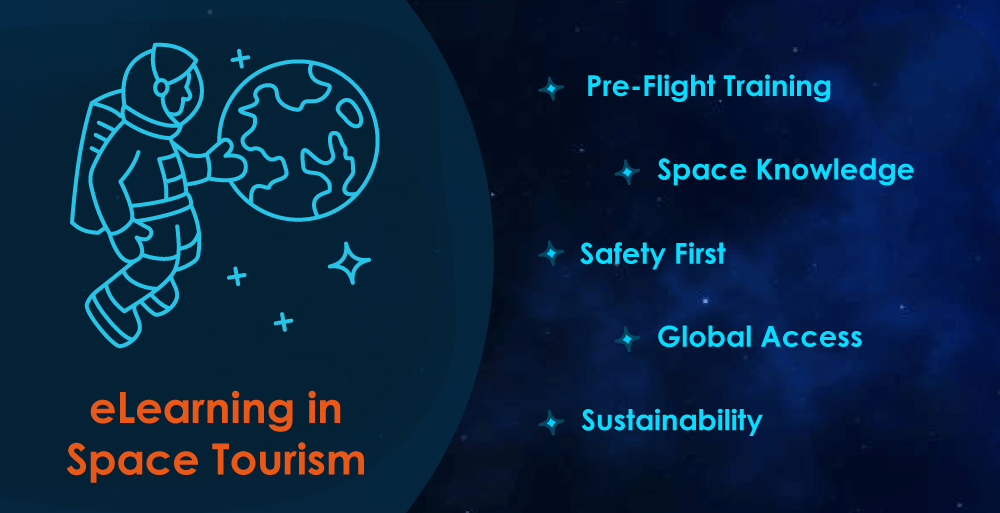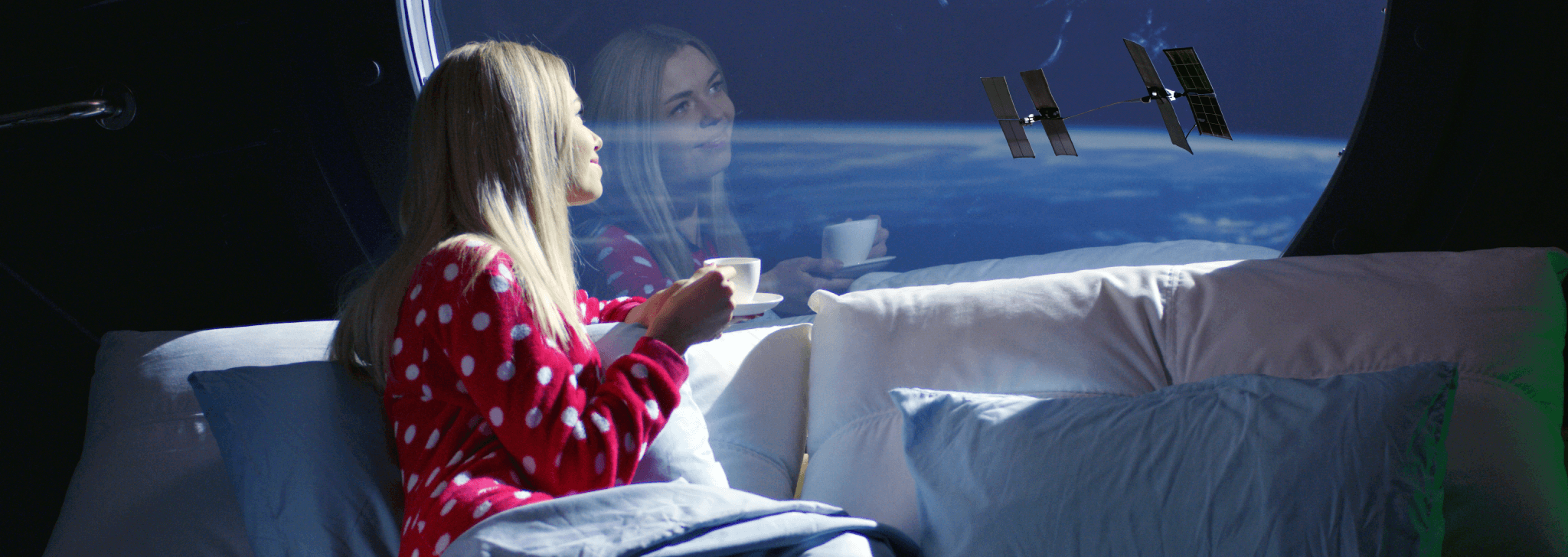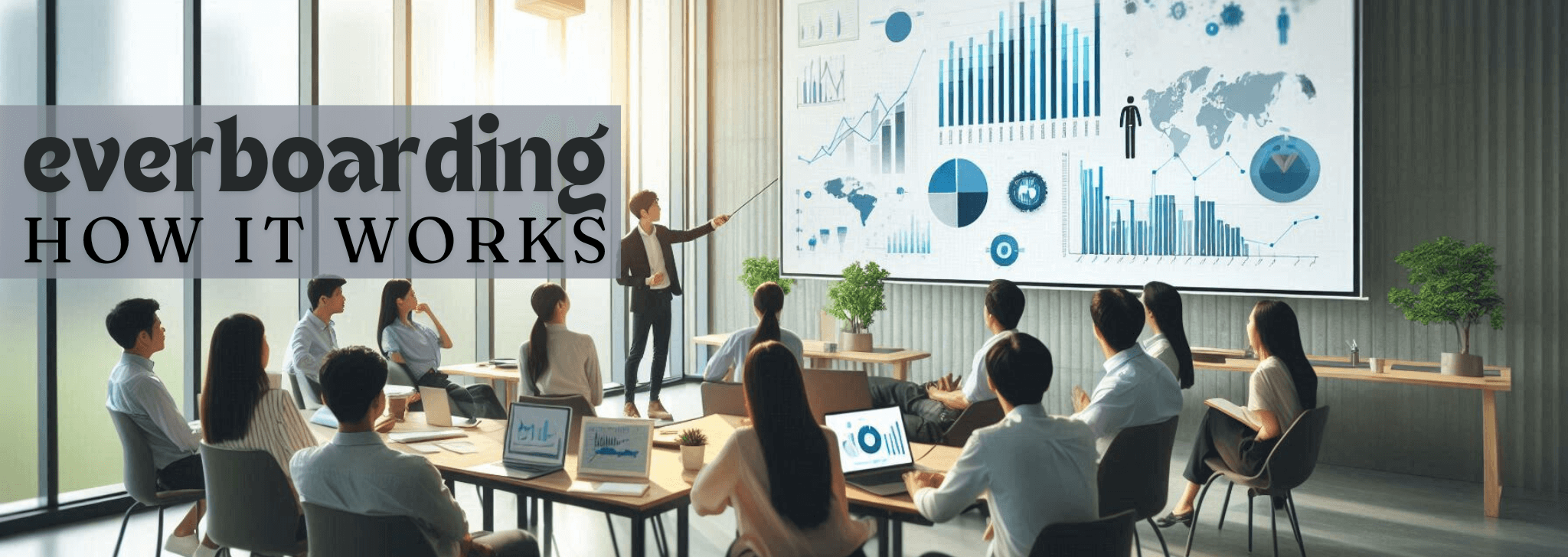Introduction
In the not-so-distant future, the boundaries of human exploration are expanding beyond Earth’s atmosphere. Space tourism, once a concept confined to the realms of science fiction, has now become a reality. As we are embarking on a journey to the cosmos, the role of eLearning is taking center stage, providing the knowledge and training necessary for those daring enough to venture into space.
What is Space Tourism?
Space tourism, a term that might pique your curiosity, distinguishes itself from conventional space travel by its primary purpose – recreation and leisure. It’s all about providing humans with the opportunity to venture beyond our planet’s boundaries for sheer pleasure and adventure.
Broadly categorized, space tourism can be segmented into orbital, suborbital, and lunar experiences, each with its own unique appeal.
Broadly categorized, space tourism can be segmented into orbital, suborbital, and lunar experiences, each with its own unique appeal.
- Orbital Space Tourism: This is the high-speed thrill ride of space tourism, reaching an astonishing 17,400 miles per hour. Orbital space tourism involves launching a rocket into orbit around our Earth, allowing tourists to experience the breathtaking sensation of circling our planet from space.
- Suborbital Space Tourism: If you’re looking for a slightly less intense but equally exhilarating experience, suborbital space tourism might be your ticket. While suborbital flights are not as fast as their orbital counterparts, they still reach speeds of around 3,700 miles per hour. These flights go directly up into space and then descend back to Earth, offering a shorter but no less awe-inspiring taste of outer space. Suborbital trips are becoming increasingly popular among space tourism companies.
- Lunar Space Tourism: For those with grander aspirations, lunar space tourism ventures beyond Earth’s orbit and offers the once-in-a-lifetime opportunity to visit the moon. While this category remains a frontier for now, it holds the promise of lunar adventures in the not-so-distant future.
The Pioneers of Space Tourism
Space tourism is no longer an exclusive club for astronauts; it’s an opportunity for anyone with the desire and means to experience the wonders of the cosmos. Companies like SpaceX, Blue Origin, and Virgin Galactic are opening the door to outer space, offering civilians a taste of what was once reserved for a select few. But with great opportunity comes the need for great preparation.
eLearning in Space Tourism
As aspiring space tourists prepare for their incredible journeys, they’re met with an entirely new realm of experiences and challenges. This is where eLearning steps in as a vital component of the space tourism industry:

- Pre-Flight Training: eLearning modules provide comprehensive pre-flight training, covering everything from acclimating to zero-gravity environments to understanding the basics of spacecraft operation. Through interactive simulations, future space travelers can familiarize themselves with the conditions they will encounter.
- Space Knowledge: Space is not just a destination; it’s an experience. eLearning opens the doors to cosmic knowledge, making travelers more informed and engaged. Understanding the celestial wonders they’ll witness enhances the overall experience.
- Safety First: In the harsh and unforgiving environment of space, safety is paramount. eLearning can simulate emergency situations, enabling tourists to learn how to respond when gravity is no longer a constant. These simulations instill confidence and ensure passengers are well-prepared for the unexpected.
- Global Access: eLearning transcends geographical boundaries. People from all corners of the Earth can access and benefit from space tourism training. This democratization of knowledge ensures that a diverse range of individuals can participate in space exploration.
- Sustainability: As we venture into pristine environments beyond our planet, sustainability is essential. eLearning can educate space tourists on how to minimize their impact on these unspoiled spaces. Understanding and respecting the fragility of these environments is vital for responsible space tourism.
Beyond Tourism
While space tourism provides an opportunity for the privileged few, it has a more profound impact. eLearning in space tourism is not just about those fortunate enough to experience zero gravity; it’s about advancing humankind’s knowledge and inspiring future generations.
eLearning helps bridge the gap between the everyday person and the cosmos. It allows us to explore new frontiers, not just geographically, but intellectually and spiritually. It opens the door to a new age of curiosity and exploration.
eLearning helps bridge the gap between the everyday person and the cosmos. It allows us to explore new frontiers, not just geographically, but intellectually and spiritually. It opens the door to a new age of curiosity and exploration.
Conclusion
As we look to the stars and ponder the possibilities of space tourism, we realize that the journey is not just about the destination. It’s about the education, the preparation, and the transformation that occurs when ordinary individuals become space travelers. eLearning is our trusted guide on this incredible journey, ensuring that each space tourist is well-prepared and that the final frontier is as accessible as it is awe-inspiring.
In the end, space tourism is not just about reaching the stars; it’s about bringing the stars closer to us. It’s about expanding the horizons of human knowledge and pushing the boundaries of our understanding. With eLearning as our co-pilot, the journey promises to be as transformative as the destination.
In the end, space tourism is not just about reaching the stars; it’s about bringing the stars closer to us. It’s about expanding the horizons of human knowledge and pushing the boundaries of our understanding. With eLearning as our co-pilot, the journey promises to be as transformative as the destination.
- Saurabh Shindehttps://www.mitrmedia.com/resources/blogs/author/saurabhs/
- Saurabh Shindehttps://www.mitrmedia.com/resources/blogs/author/saurabhs/
- Saurabh Shindehttps://www.mitrmedia.com/resources/blogs/author/saurabhs/
- Saurabh Shindehttps://www.mitrmedia.com/resources/blogs/author/saurabhs/






